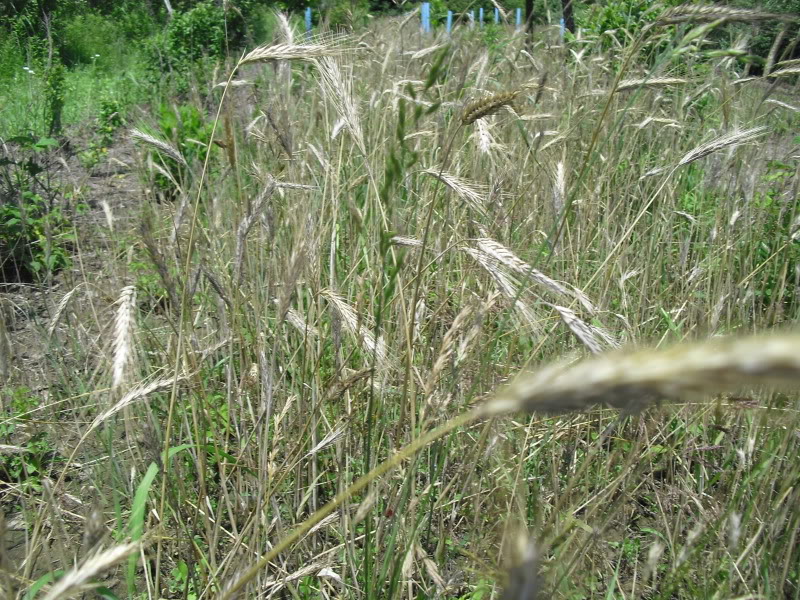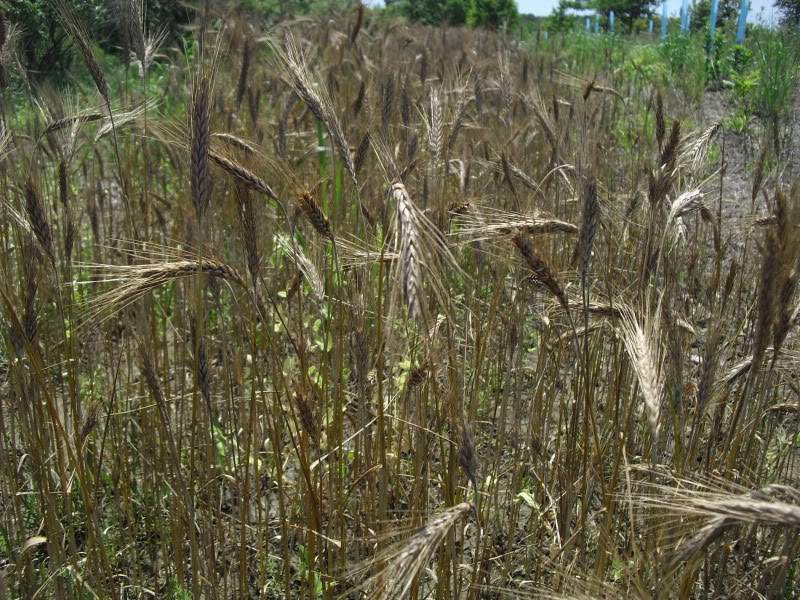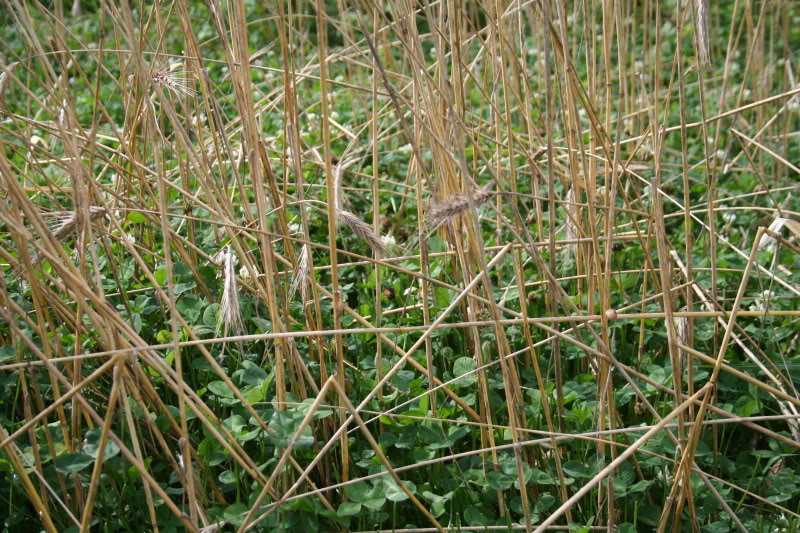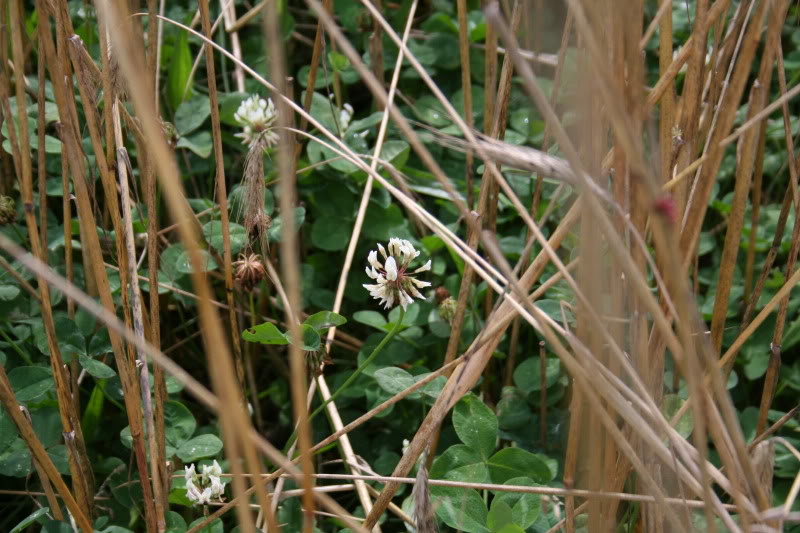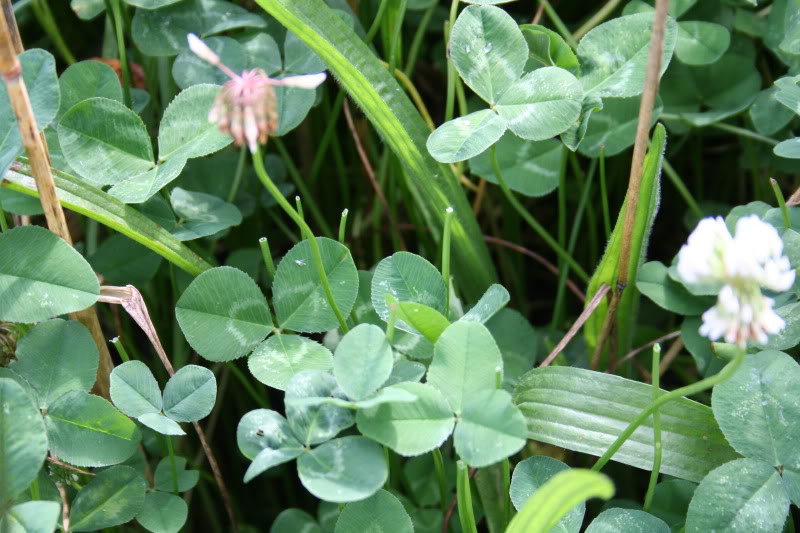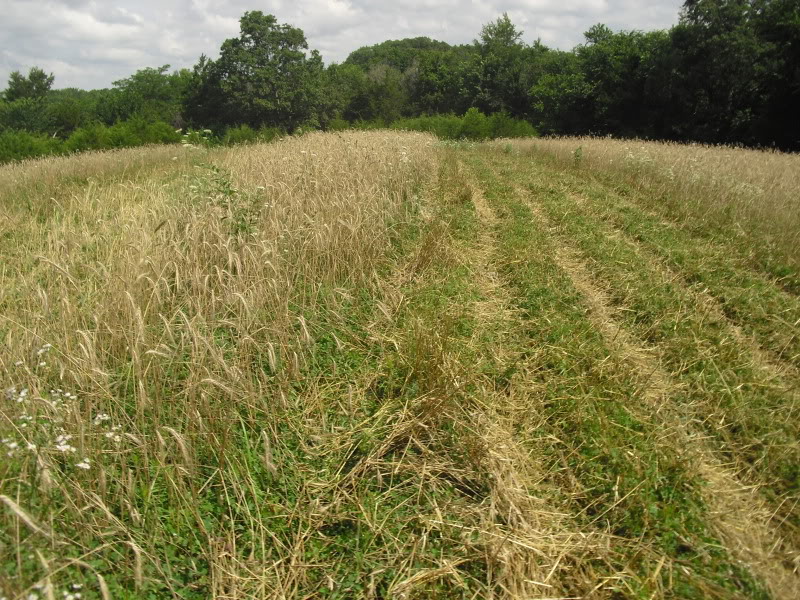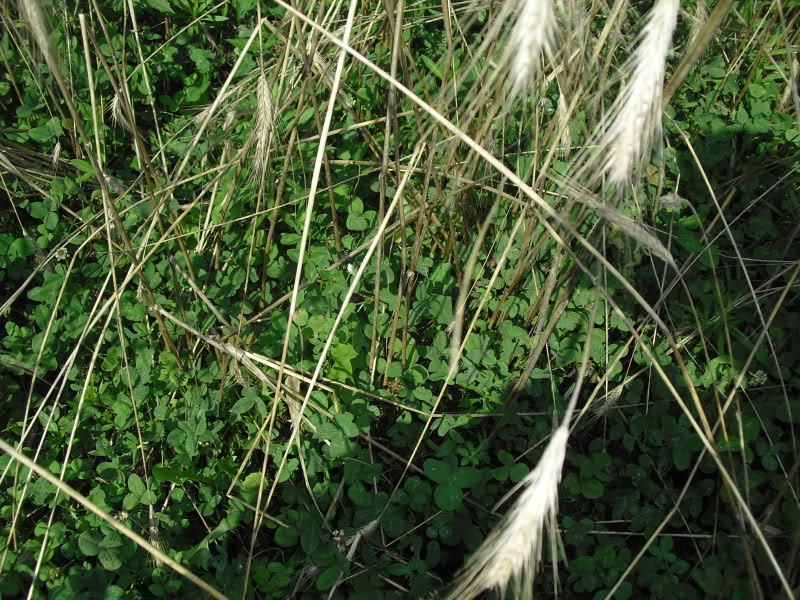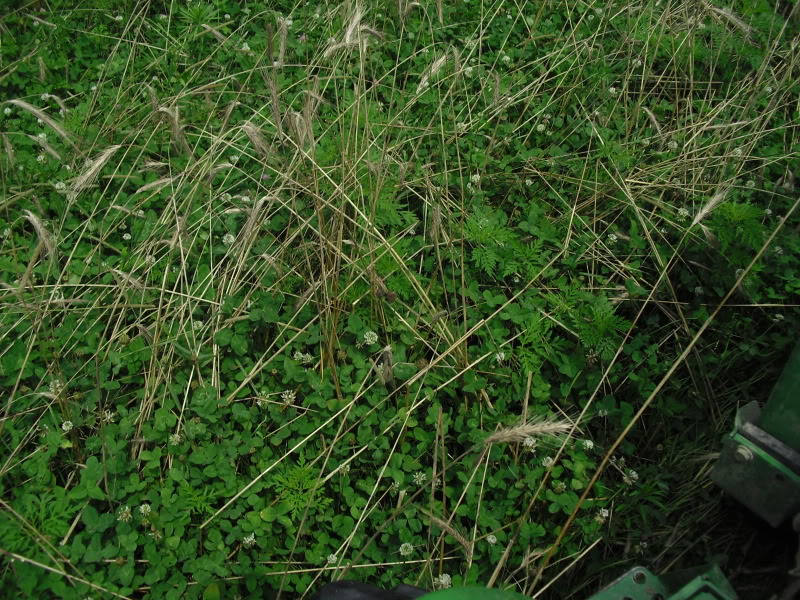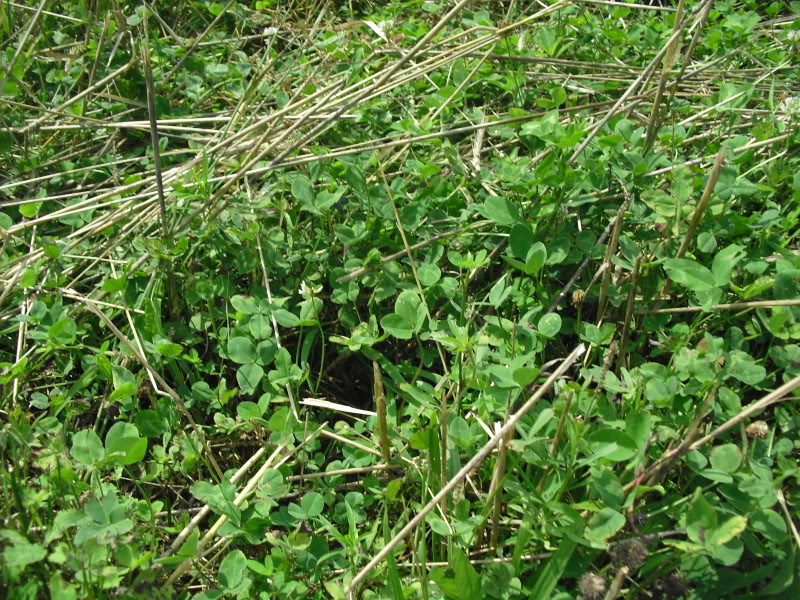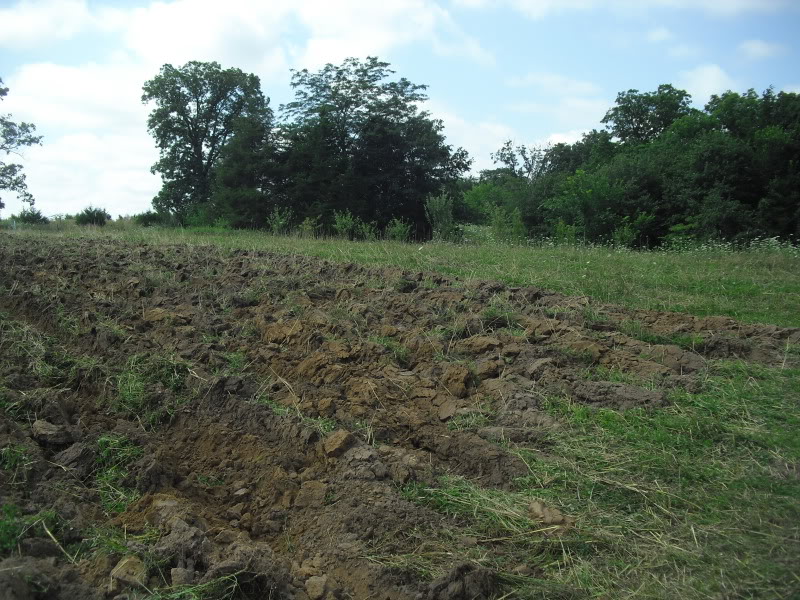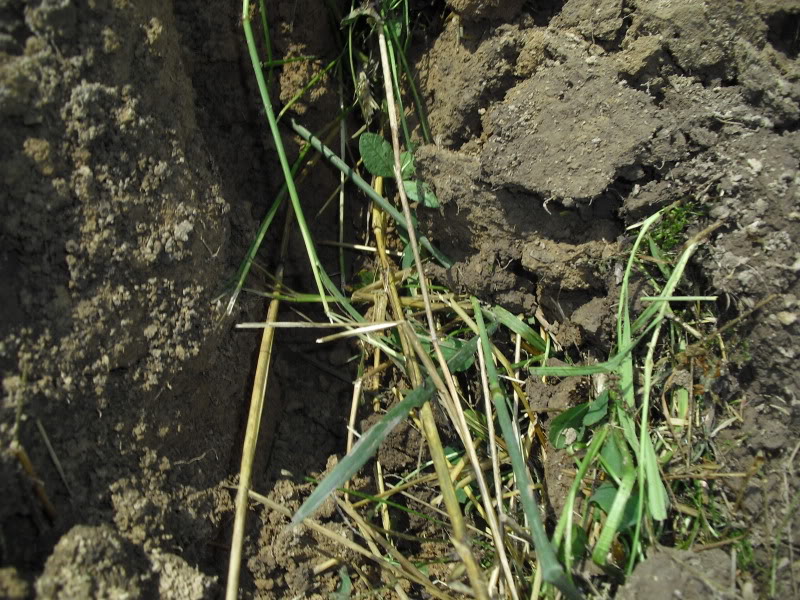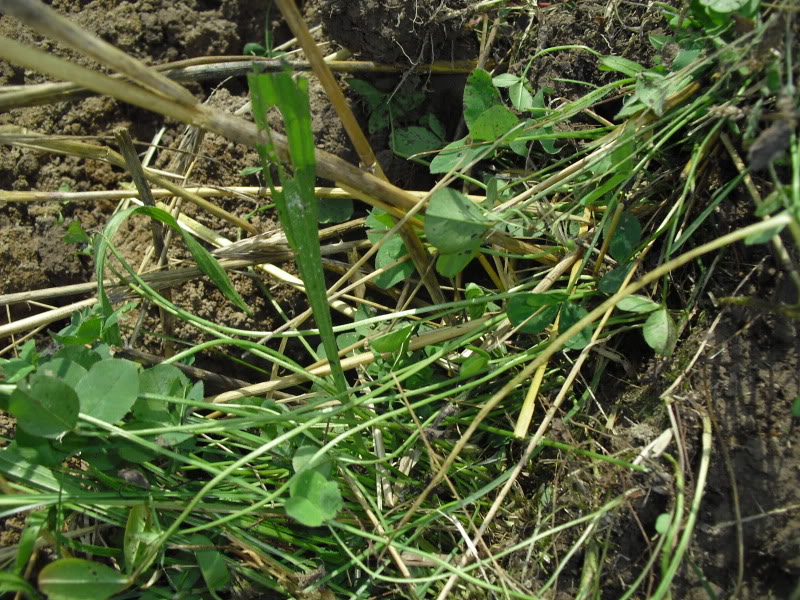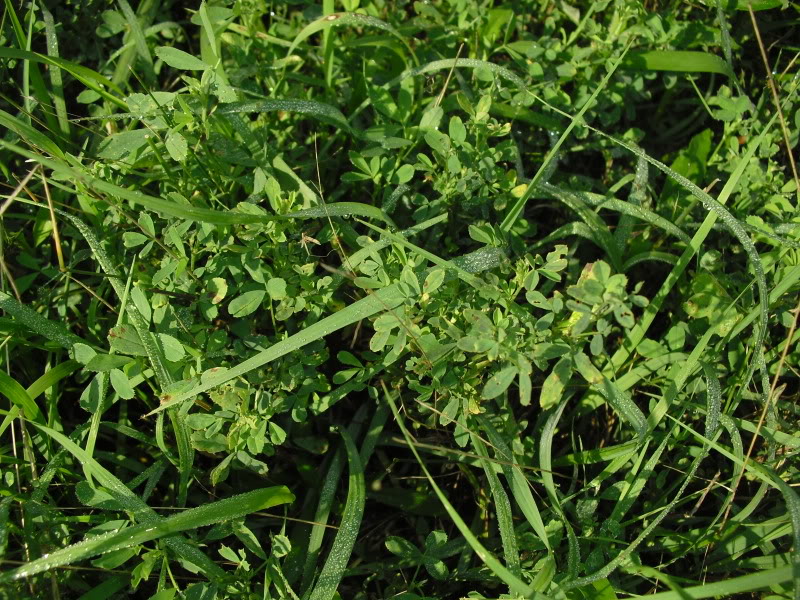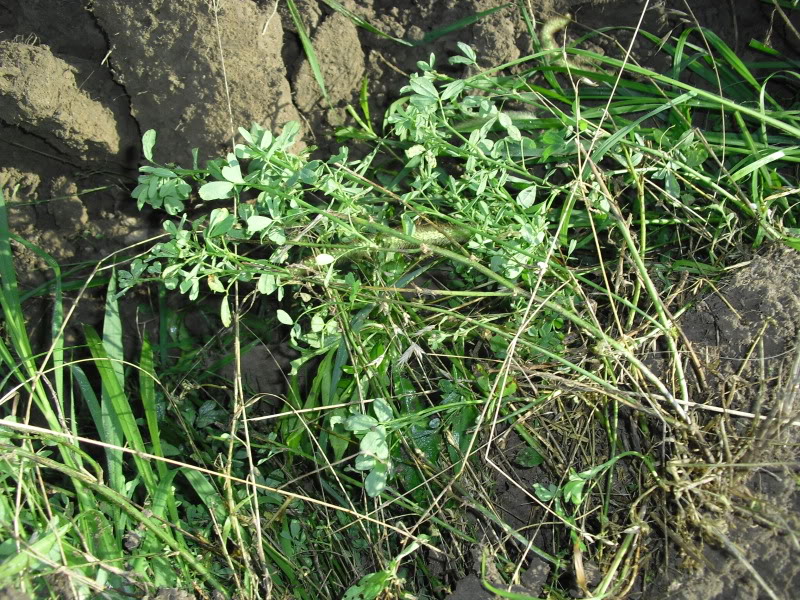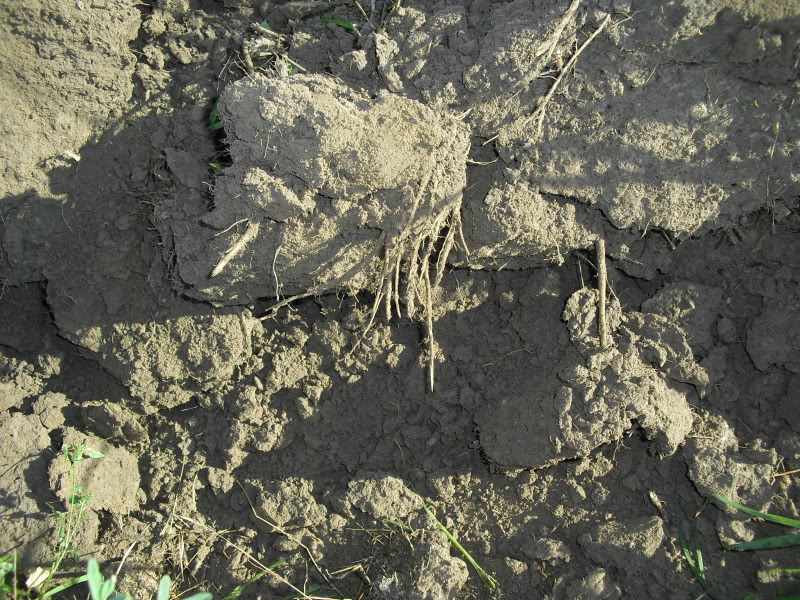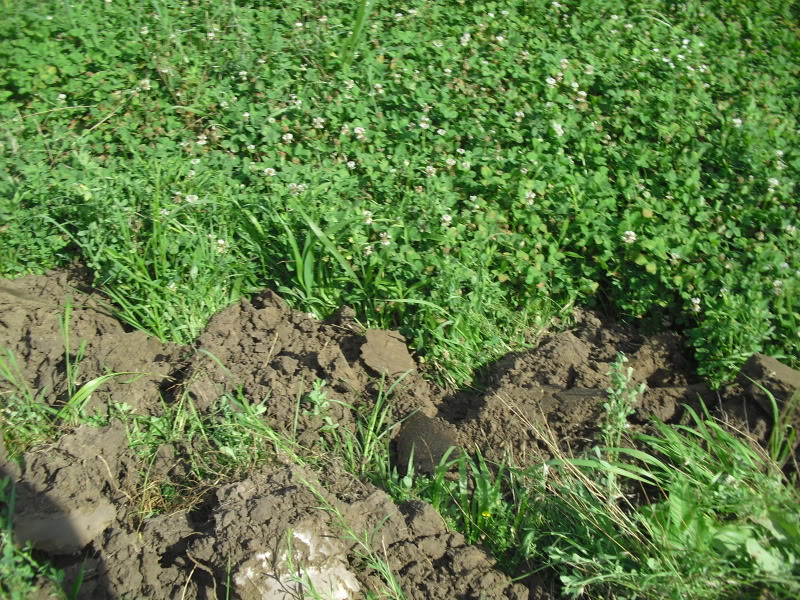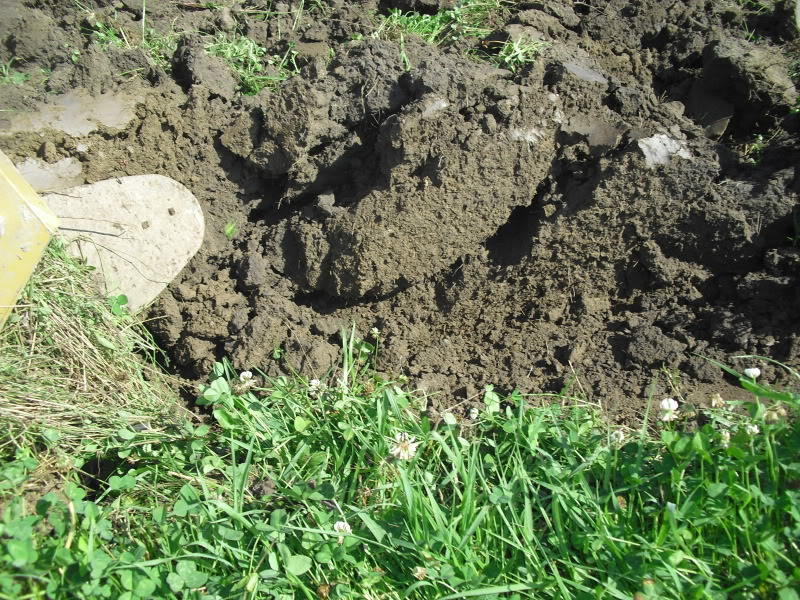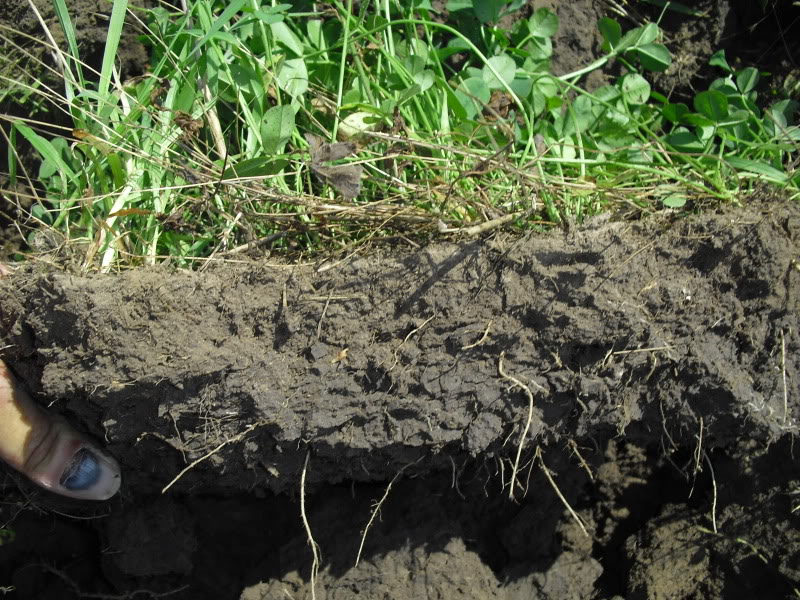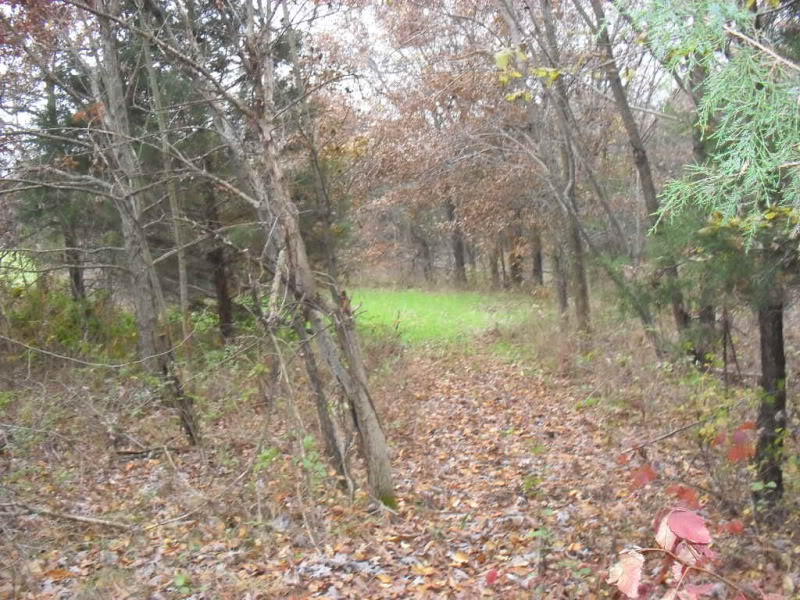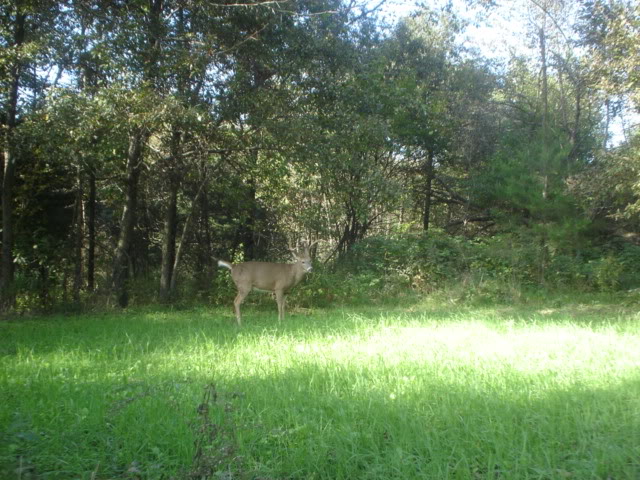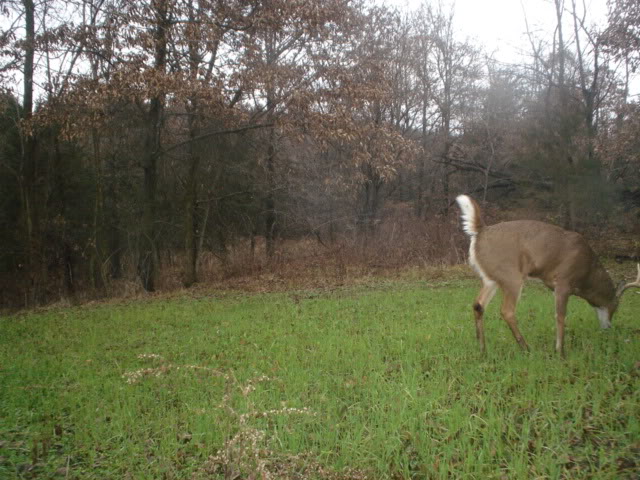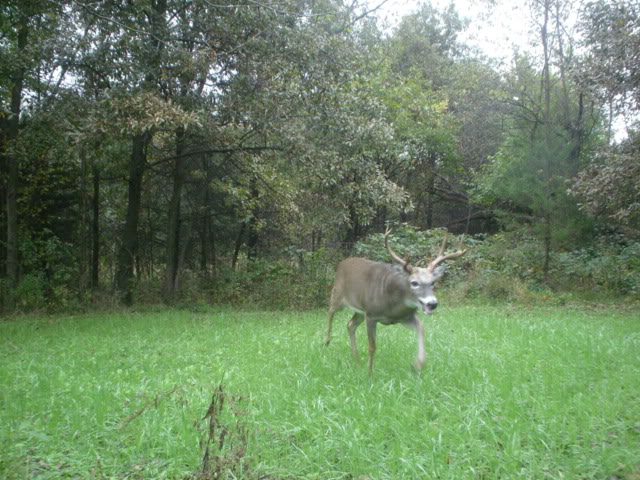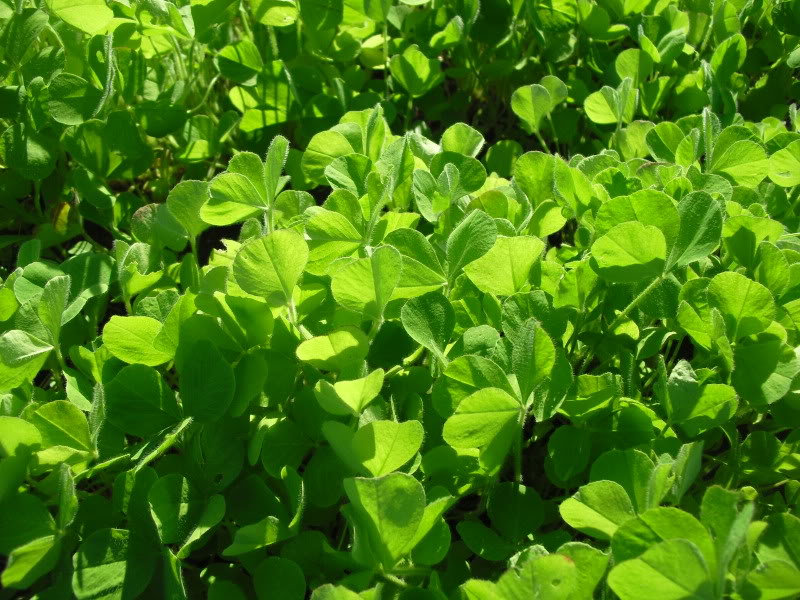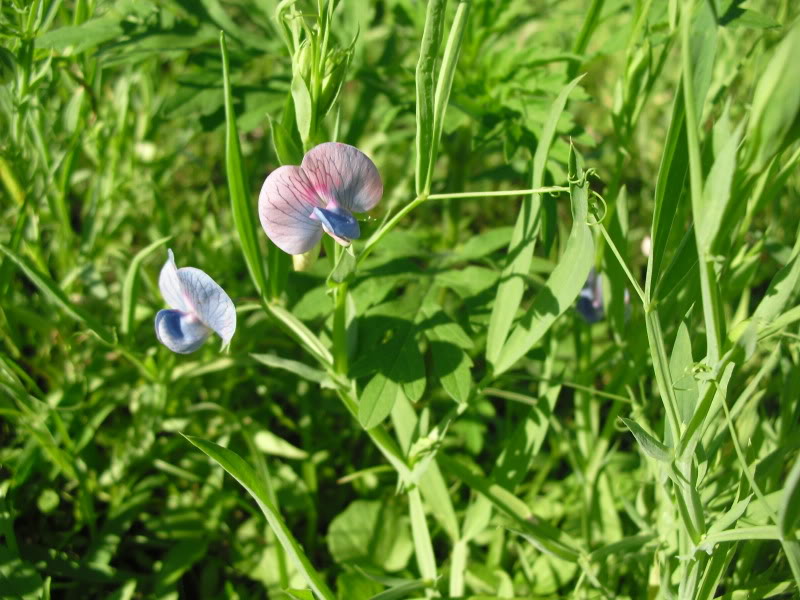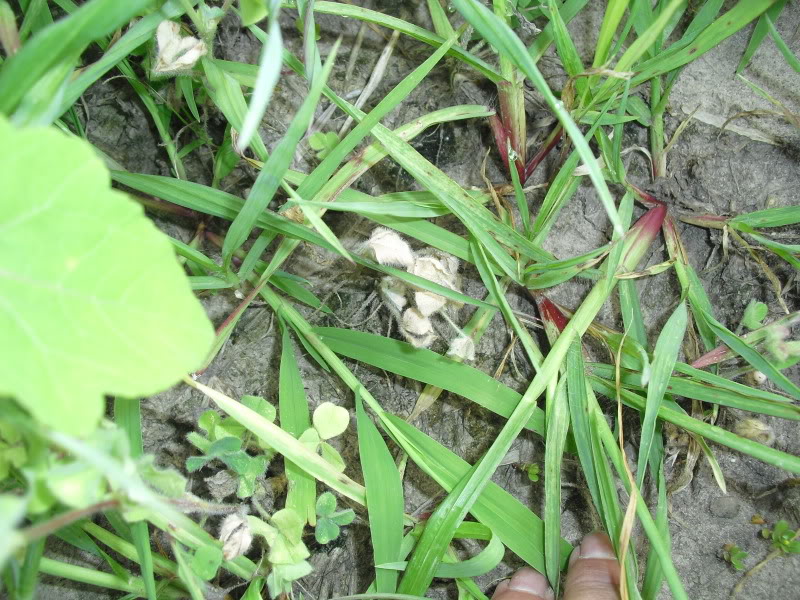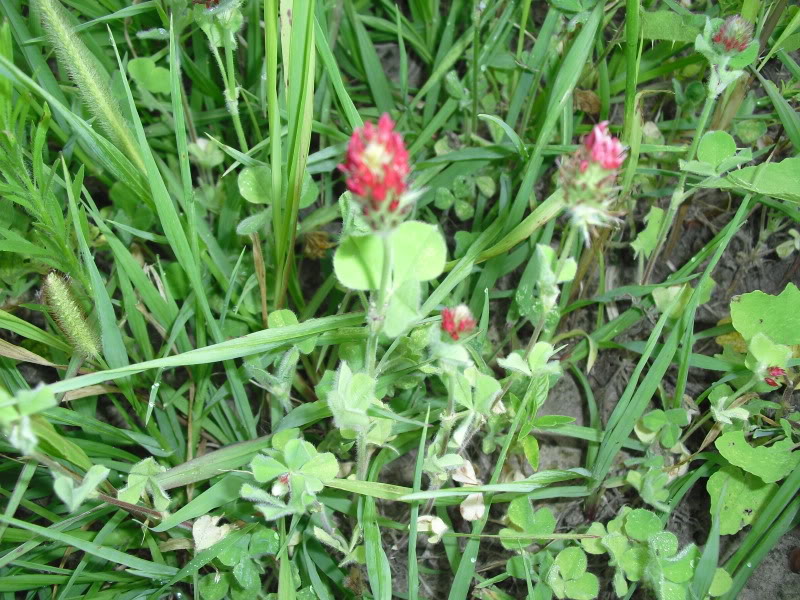dbltree
Super Moderator
I'd say negative on that. I think you want as clean as seed bed as possible, which I think would best be accomplished by spraying w/ Roundup and 2,4-D right after the first frost. In a perfect world, even hit it with that same combo before then --- like now --- so chances of any weeds/grasses slipping through are minimized. Anything/everything you can do to minimize competition for your NWSG's next Spring needs to be your goal for this season. Those are my thoughts. ---but I am far from an expert. Although I did stay at a Holiday Inn Express when I was in Ottumwa!!
I agree! On top of that rye has some strong allelopathic chemicals that can inhibit small seeds from germinating and that includes NWSG!
Just nuke your NWSG area this fall (planting RR soybeans is a great option) with gly, probably in early September and again inearly October.
Add 2 ounces of Oust XP and one quart of crop oil and you'll smoke everything ! :way:


